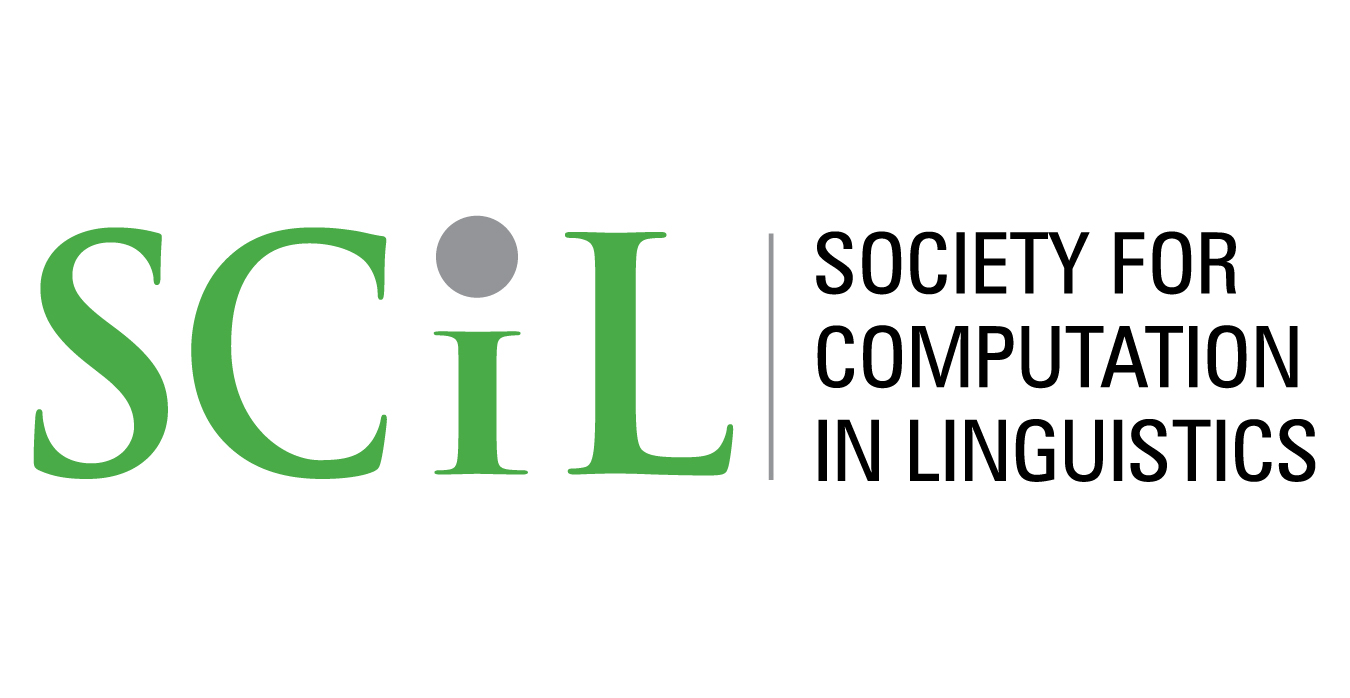Dimensions of (dis)preference in designing polar answers in American English: A latent class analysis
Abstract
How we answer questions is often affected by whether our response conforms with the bias, or tilt, encoded in the question. For example, if we have a ‘yes’ answer to a negatively-tilted question like You aren’t eating, right?, we may delay, hedge and explain our answer. We examine these phenomena at scale through the Switchboard Corpus: We determine which aspects of answer design tend to appear together and how this relates to question tilt through latent class analysis. We find three groups of design features that, respectively, challenge assumptions of the question-answer sequence, expand on the answer, and delay presentation of the answer. We also find that answers contradicting the question’s tilt are much closer in design to tilt-conforming answers than responses without polarity, though they do disfavour answers that have none of the three classes of features. Results support a gradient and multi-dimensional conception of conversational preference.
Keywords: latent class analysis, Switchboard Corpus, preference, Conversation Analysis, Interactional Linguistics, turn design, social action, tilt, interrogatives, question-answer sequences, adjacency pairs
How to Cite:
Lai, R. & Lashchev, Y., (2025) “Dimensions of (dis)preference in designing polar answers in American English: A latent class analysis”, Society for Computation in Linguistics 8(1): 6. doi: https://doi.org/10.7275/scil.3123
Downloads:
Download PDF
Download PDF
Download PDF
Download PDF
482 Views
285 Downloads

